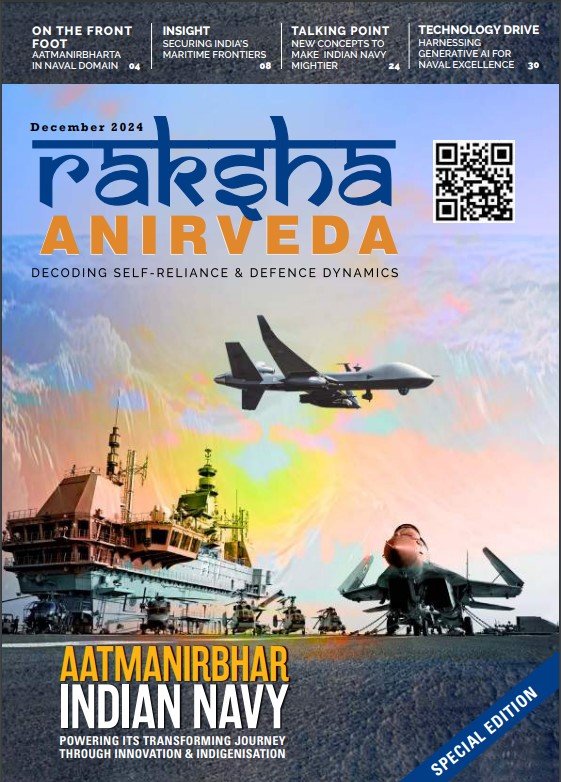Washington: As President-elect Donald Trump prepares to re-enter the White House, a controversial nuclear weapon project launched during his first term is running up against industrial realities that challenge its tight timeline, according to the four-star admiral in charge. But a former Trump official who helped start the program thinks the Navy is exaggerating the difficulties.
Intended as a relatively low-yield, submarine-launched weapon counter to Russian and Chinese “tactical” nuclear weapons, the Sea-Launched Cruise Missile – Nuclear (SLCM-N) was denounced by arms control activists as destabilising. The Biden administration attempted to defund it, only to be overruled by Congress. Trump’s impending return to the White House can only help the program.
Now, however, comes the hard part: actually building the thing.
“It’s a very, very aggressive timeline” to field an “initial capability” for SLCM-N by 2034, as Congress requires, said Vice Admiral Johnny Wolfe, director of the Navy’s Strategic Systems Program (SSP).
“This is truly a capability we have to build from the ground up,” Wolfe told the annual conference of the Naval Submarine League. “How can I get other players in the game?… How do we bring this in organically and stand up an entire new workforce and industrial base?”
Wolfe said the Navy had established a new program office dedicated to the project earlier this year and has launched in-depth studies of the trade-offs required.
“We’re starting to understand what is it going to take… to stand an entirely new industrial base,” he said.
But Wolfe’s skepticism was baffling to another key figure closely linked to the SCLM-N program: Robert Soofer, one of the leading architects of the Trump administration’s plan for the missile.
“If you’re going to tell President Trump it’s going to take you 10 years to make a new missile, he’s going to go ballistic — pardon the pun,” Soofer, former deputy assistant secretary for nuclear and missile defence policy, said. “He’s going to say, ‘We’re going to need another option.’”
Soofer said the work should take five years at most, modifying non-nuclear weapons already in service rather than starting from scratch and building new industry capability.
“I guarantee you that the Navy did not object to this the first time around. There wasn’t a peep, there wasn’t a sound, about how difficult this would be for the industrial base,” Soofer said.
Raksha Anirveda's editorial desk team brings in the collective experience of creative professionals - a fine mix of senior copy editors, writers, proofreaders and designers. Working as a team, they continuously create, manage, and curate content to sustain the magazine's profile and reputation in line with market trends and achieve magazine's goal.





